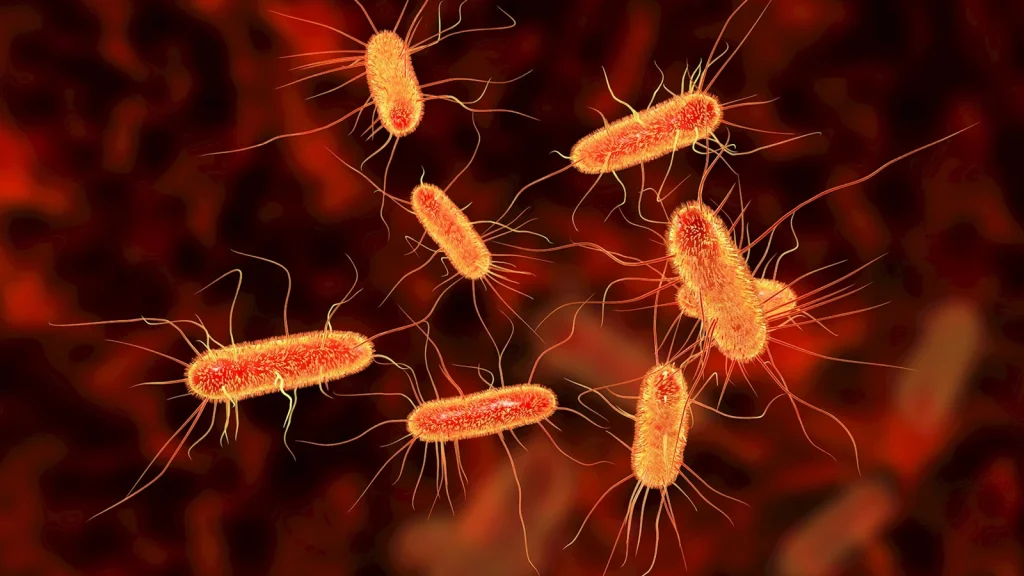Escherichia coli O26 (E. coli O26) is a pathogenic strain of E. coli that has become increasingly recognized for its role in foodborne illnesses and outbreaks. Part of the Shiga toxin-producing E. coli (STEC) group, E. coli O26 can cause severe gastrointestinal symptoms and potentially life-threatening complications. Understanding how to prevent these infections is crucial for public health. This article provides essential insights into E. coli O26 infections and offers practical prevention strategies.
What is E. coli O26?
- coli O26 is one of several STEC strains known to cause illness in humans. These bacteria produce Shiga toxins, which can lead to severe damage in the intestines and kidneys. E. coli O26 infections are typically associated with contaminated food and water, and they can affect individuals of all ages, though certain populations are more vulnerable.
Common Sources of Infection
- coli O26 can be found in various sources, and understanding these can help in taking preventive measures. Common sources include:
- Contaminated food: Undercooked ground beef, raw milk, and dairy products made from unpasteurized milk are significant sources of infection. Fresh produce, such as lettuce and spinach, can also be contaminated through exposure to contaminated water.
- Water: Recreational waters, including lakes and swimming pools, can become contaminated with fecal matter containing E. coli O26. Drinking water can also be a source if it is not properly treated.
- Animal contact: Direct contact with animals, especially in petting zoos or farms, can lead to infection if proper hygiene is not maintained.
- Person-to-person contact: E. coli O26 can spread from one person to another, particularly in environments where close contact occurs, such as daycare centers or households.
Symptoms of E. coli O26 Infections
The symptoms of E. coli O26 infections can vary in severity and typically appear within 1 to 10 days after exposure. Common symptoms include:
- Severe abdominal cramps: Intense stomach pain is often one of the first signs.
- Diarrhea: This may start as watery diarrhea and progress to bloody diarrhea as the infection advances.
- Nausea and vomiting: These symptoms can accompany the gastrointestinal distress.
- Low-grade fever: A mild fever may be present in some cases.
While most people recover within a week, some individuals, especially young children, the elderly, and those with weakened immune systems, may develop more severe complications such as hemolytic uremic syndrome (HUS). HUS can cause kidney failure, anemia, and low platelet count, which can be life-threatening.
Prevention Strategies
Preventing E. coli O26 infections involves a multi-faceted approach that includes food safety, hygiene practices, and public awareness. Here are some practical strategies:
1. Food Safety
- Cook meat thoroughly: Ground beef should be cooked to an internal temperature of at least 160°F (71°C) to ensure the bacteria are killed. Use a meat thermometer to verify the temperature.
- Avoid raw milk: Only consume pasteurized dairy products. Raw milk can harbor E. coli O26 and other harmful pathogens.
- Wash produce: Rinse fruits and vegetables thoroughly under running water before eating, cutting, or cooking them. Even items with peels should be washed to avoid transferring bacteria from the surface to the edible part.
- Prevent cross-contamination: Use separate cutting boards and utensils for raw meat and other foods. Ensure that surfaces are cleaned and sanitized after contact with raw meat.
2. Hygiene Practices
- Handwashing: Wash hands thoroughly with soap and water, especially after using the restroom, changing diapers, handling raw meat, or having contact with animals. Proper handwashing can significantly reduce the risk of infection.
- Safe water practices: Avoid swallowing water from lakes, pools, and other recreational bodies of water. Ensure that drinking water is from a safe, treated source.
3. Public Awareness and Education
- Educate at-risk populations: Inform individuals, particularly those in high-risk groups such as children and the elderly, about the risks and prevention strategies for E. coli O26 infections.
- Community initiatives: Support local and national public health initiatives aimed at improving food safety standards and monitoring outbreaks of E. coli O26.
Conclusion
- coli O26 infections can have serious health implications, but by understanding the sources of contamination and implementing effective prevention strategies, the risk of infection can be greatly reduced. By practicing good hygiene, ensuring food safety, and staying informed, individuals can protect themselves and their communities from the harmful effects of E. coli O26. Public health efforts and ongoing research are crucial in the fight against foodborne illnesses, and collective vigilance is key to maintaining a safe and healthy environment.

